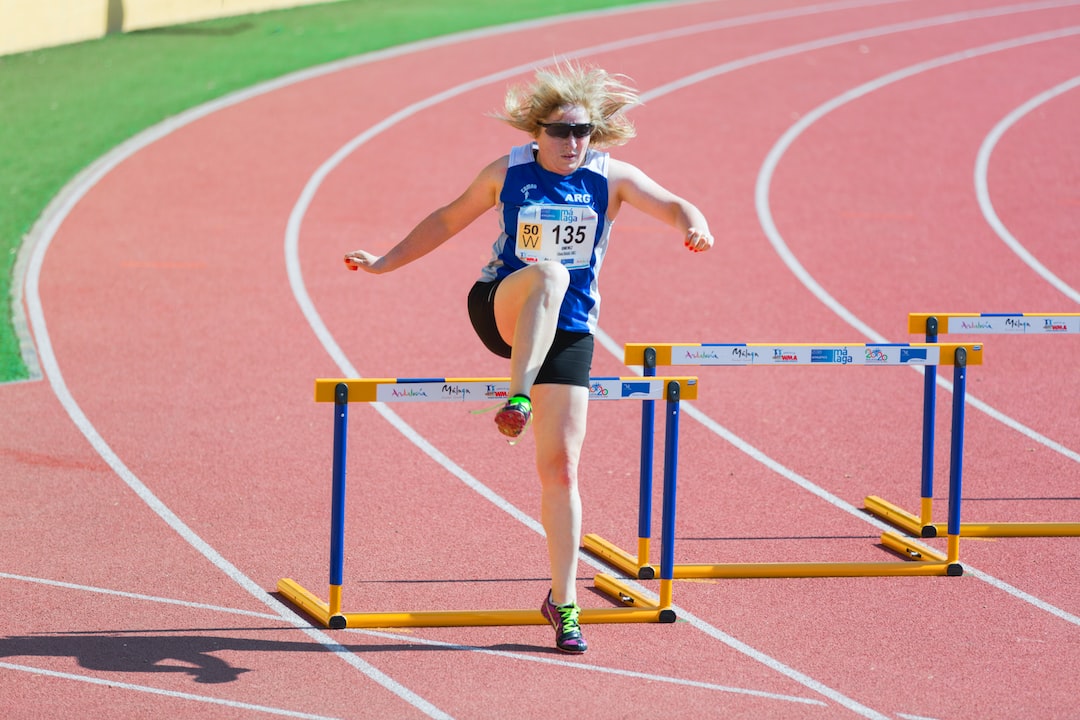Sports injuries are an unfortunate but common occurrence for athletes of all levels. Whether you are a professional athlete or a weekend warrior, the risk of injury is always present. However, with proper prevention and management strategies in place, you can significantly reduce the likelihood of getting injured and effectively handle any injuries that do occur.
Prevention is always better than cure, and this holds true for sports injuries as well. The first and foremost strategy for preventing sports injuries is to maintain a proper warm-up routine. Before any physical activity, it is crucial to spend at least 10-15 minutes performing dynamic stretches and exercises that target the muscles and joints involved in the specific sport. This helps to increase blood flow and flexibility, reducing the risk of strains, sprains, and tears.
Another essential preventive measure is wearing the appropriate protective gear for your sport. This can include helmets, pads, mouthguards, and supportive footwear. Protective gear serves as a barrier between your body and potential impacts, helping to absorb shock and minimize the risk of injury. Make sure that your gear fits properly and is in good condition, replacing any damaged or worn-out equipment.
Proper technique and form are also of utmost importance in injury prevention. Many sports injuries occur due to incorrect body mechanics or poor technique. Whether it is kicking a soccer ball, lifting weights, or throwing a pitch, learning and practicing the correct form will significantly lower the risk of injury. Seek professional guidance or coaching to ensure that you are using the correct technique for your sport.
In addition to these preventive measures, it is crucial to listen to your body and respect its limits. Pushing yourself beyond your physical capabilities can lead to overuse injuries and other complications. When your body is tired or in pain, take the necessary rest and recovery time. Ignoring warning signs can worsen an injury and prolong your downtime.
Despite our best efforts, injuries can still happen. Therefore, it is vital to have proper strategies in place for managing sports injuries effectively. The first step in managing a sports injury is to stop the activity immediately. Ignoring the pain and continuing to play can exacerbate the injury and lead to more severe consequences.
After stopping the activity, the next step is to apply the RICE method, which stands for Rest, Ice, Compression, and Elevation. Rest the injured area to prevent further damage and allow the healing process to begin. Apply ice packs for 15-20 minutes every few hours to reduce pain and inflammation. Compression with an elastic bandage helps control swelling, while elevation minimizes swelling by keeping the injured area above heart level.
Depending on the severity of the injury, seeking medical attention may be necessary. Some injuries, such as fractures or ligament tears, require professional evaluation and specific treatment protocols. A sports medicine specialist or orthopedic doctor can diagnose the injury and recommend the appropriate treatment plan. It is essential not to delay seeking medical attention to avoid potential complications or long-term damage.
Rehabilitation and physical therapy are crucial components of effective injury management. These interventions not only help to heal the injury but also restore strength, range of motion, and flexibility. Following a structured rehabilitation program can significantly reduce the risk of reinjury and help you return to your sport at full capacity.
Finally, it is essential to gradually ease back into your sport or physical activity after an injury. Rushing the recovery process and returning to full intensity too soon can lead to reinjury or other complications. Listen to your healthcare professional’s advice and follow their guidelines for a safe and successful return to your sport.
In conclusion, preventing and managing sports injuries requires a combination of proactive strategies and timely interventions. Maintaining a proper warm-up routine, wearing appropriate protective gear, using correct technique, and listening to your body are essential preventive measures. If an injury does occur, remember to stop the activity, apply the RICE method, seek medical attention if necessary, engage in rehabilitation, and gradually return to sport. By implementing these strategies, you can minimize the risk of sports injuries and ensure a healthy and enjoyable athletic experience.
